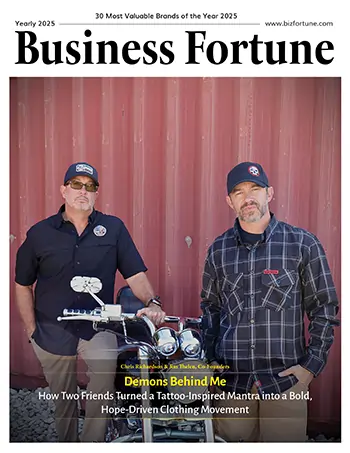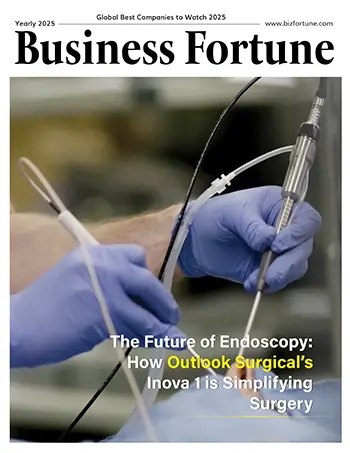Home Industry Nanotechnology An innovative hydrogel solutio...
An innovative hydrogel solution eliminates microplastics from water
Nanotechnology

Business Fortune
16 April, 2024
Microplastics seriously threaten human health by entering our bodies through drinking water, increasing the risk of illness.
Microplastics are harmful to animals in water and on land and can be found in remote areas such as ocean trenches and polar ice caps.
Researchers at the Indian Institute of Science (IISc) have created a sustainable hydrogel to extract microplastics from water in order to tackle this new pollution. The material's network of polymers can capture and break down pollutants when exposed to UV light. The study was released in the Nanoscale journal.
Filtering membranes have been attempted by scientists in the past to eliminate microplastics. These microscopic particles, however, have the potential to clog the membranes and make them unsustainable. The IISc team, under the direction of Professor Suryasarathi Bose of the Department of Materials Engineering, chose to use 3D hydrogels instead.
The team's innovative hydrogel is made up of three distinct polymer layers that are entwined to form an Interpenetrating Polymer Network (IPN) architecture: chitosan, polyvinyl alcohol, and polyaniline. The researchers added copper replacement polyoxometalate (Cu-POM) nanoclusters to this matrix.
These nanoclusters function as catalysts, breaking down microplastics with the help of UV light. The polymers and nanoclusters worked together to create a robust hydrogel that could absorb and break down significant volumes of microplastics.
The majority of microplastics result from the partial decomposition of common household fibers and plastics. To replicate this in the lab, the group crushed plastic items like food container lids to produce polyvinyl chloride and polypropylene, which are commonly found as microplastics in nature.
Soumi Dutta, the first author of the study, mentions that identifying microplastics is a significant challenge, along with their treatment or removal. You cannot see these particles with the naked eye because they are so minute.


































